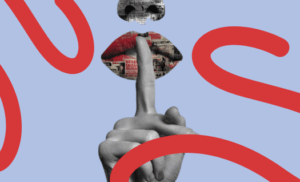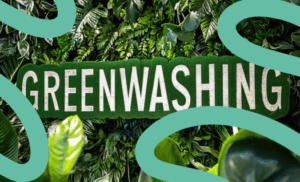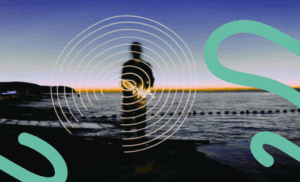Understanding how customers interact with your brand is essential for success. This is where the Customer journey map becomes the protagonist.
This tool will give you a deep insight into how your customers experience your brand. We explain what the Customer Journey Map is, how it can drive your strategy and dive into concrete examples.
What is the Customer Journey Map?
It is a visual representation of the process a customer follows from the moment they discover your brand until they complete a desired action, such as making a purchase or subscribing to your service. It is a path that captures emotions, interactions and key touch points between the customer and your business.
The essential functions of the customer journey
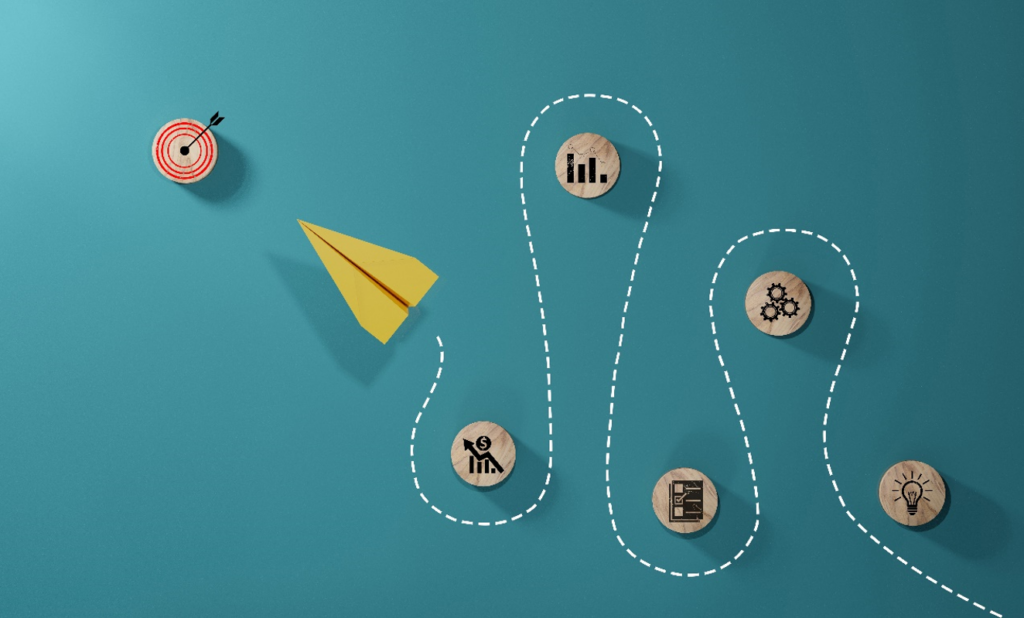
Understanding the customer
The Customer Journey Map gives you a direct window into your customers’ experience. You immerse yourself in their thoughts, emotions and actions as they interact with your brand throughout their journey. This goes beyond simple data and allows you to see the big picture.
Identify challenges and opportunities
The map allows you to identify moments of joy and moments of frustration in the customer journey. Discovering where customers are delighted or disappointed gives you the opportunity to improve the experience in key areas and exceed expectations.
Strategy customization
By understanding the different stages a customer goes through, you can tailor your messaging and tactics at each touch point. This allows for more effective and relevant communication, which increases the likelihood of a successful conversion.
Applying the Customer journey map to your company
Let’s say you own an online skin care store. Here is an example of how you could apply the Customer Journey Map:
- Awareness: Identify the channels in which your potential customers might discover your brand. This could be through social mediasocial media, beauty blogs and online advertising..
- Interest: Make sure your website is easy to navigate and that products are presented in an attractive way. Provide detailed information about the benefits of your products.
- Consideration: Offers reviews and testimonials from satisfied customers. Provides educational content on ingredients and how to choose products suitable for different skin types.
- Decision: Implement email reminders for customers who added products to the cart but did not complete the purchase. Offers real-time support via live chat to resolve questions.
- Action: Facilitates the checkout process with simple navigation and secure payment options. Provides tracking updates to keep customers informed about the status of their order.
- Post-purchase: Send a thank you email and ask for feedback on the shopping experience. Offers related product recommendations based on their previous purchase.
How to create a Customer Journey Map
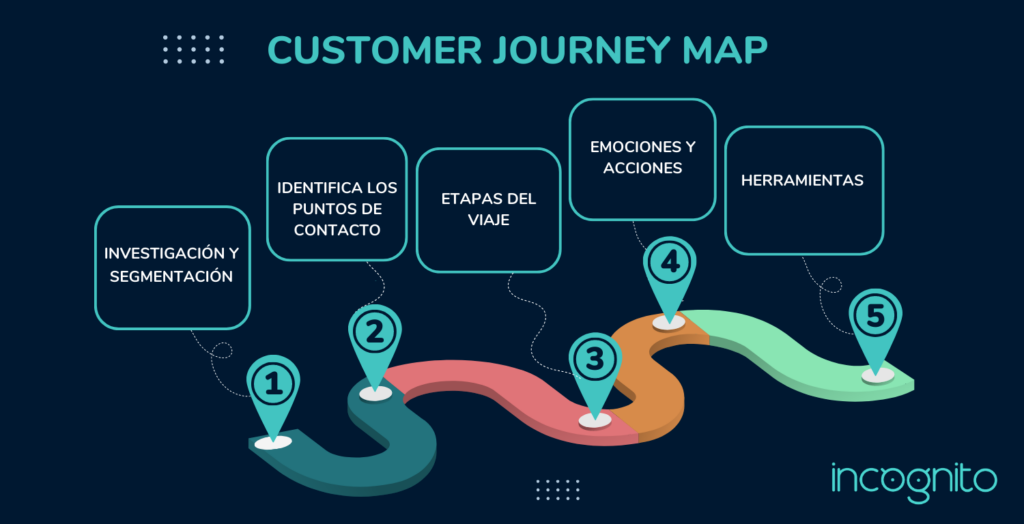
Research and segmentation:
Collect data about your audience, their needs and desires. Segment your customers into groups to better understand their behaviors.
Identify the points of contact:
Map the key moments where customers interact with your brand, such as social networks, website, emails, physical stores, etc.
3. Stages of the trip:
It divides the journey into clear stages, such as awareness, interest, consideration, decision, action and post-purchase.
4. Emotions and actions:
Add the emotions customers might feel at each stage and the actions they might take.
5. Tools to create the map:
You can use tools such as Excel, PowerPoint, graphic design tools such as Canva or specialized software such as“Smaply” and“Clientify“.
The Customer Journey Map is an invaluable tool for any marketer. It allows you to walk in your customers’ shoes and understand their needs, wants and challenges at every stage of their journey. By creating a visual representation of their experience, you can fine-tune your strategies to deliver an exceptional and memorable journey.
By applying it specifically to your business, you can tailor your approach to ensure that every customer has an outstanding and meaningful experience.






